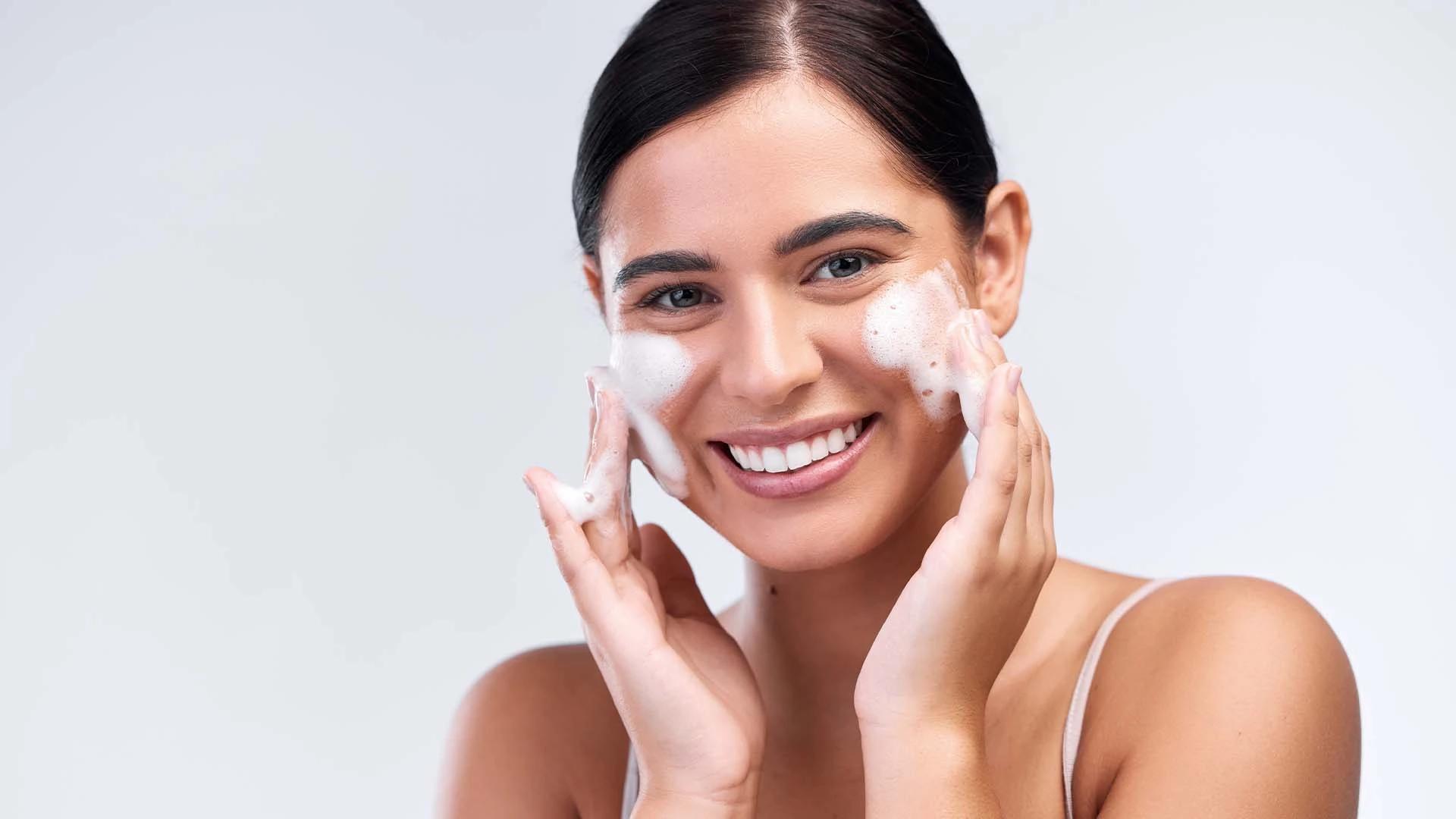Evening Routine: Nightly Nourishment
Double cleanse if you wear makeup, apply treatment serums like retinol or acids, follow with moisturiser, and add facial oil if needed. Evening is perfect for more intensive treatments.
Weekly Treatments: Extra Care
Schedule face masks, exfoliation, or special treatments 1-2 times per week. Sunday evening is perfect for a pamper session with a hydrating mask or gentle exfoliation.
Adjusting Your Skincare List: When and Why to Make Changes
Your skin changes with seasons, hormones, age, and lifestyle factors. Being flexible with your routine ensures it continues working for you long-term.
Signs It's Time to Update Your Routine
If products that once worked stop being effective, or if you develop new concerns like increased dryness or breakouts, it might be time for changes. Seasonal shifts often require routine adjustments too.
Introducing New Products
Always patch test new products on your inner arm first. Introduce one new product every 2-3 weeks so you can identify what's working and what isn't. Start slowly with active ingredients.
Frequently Asked Questions
How many products should be in a basic skincare routine?
A basic routine needs just three products: cleanser, moisturiser, and sunscreen. You can build from there based on your specific concerns and skin type.
Can I use the same products for day and night?
Yes, many products work for both morning and evening. However, some ingredients like retinol should only be used at night, whilst vitamin C and sunscreen are morning essentials.
How long does it take to see results from a new skincare routine?
Most people see initial improvements within 2-4 weeks, but significant changes can take 8-12 weeks. Your skin cell turnover cycle is about 28 days, so patience is key.
Is it necessary to use all the products in my skincare list every day?
Not necessarily. Some products like exfoliators and masks are meant for weekly use. Listen to your skin—if it feels overwhelmed, scale back to basics.
How do I know if a product is working for my skin?
Positive signs include improved texture, reduced breakouts, better hydration, or addressing your specific concerns. If you experience persistent irritation, redness, or worsening issues, discontinue use.
Final Thoughts
Building your perfect skincare list is a journey, not a destination. Start with understanding your skin type, focus on the essential skincare products, and gradually add treatments that address your specific concerns. Remember, the best routine is one you'll actually stick to consistently. Your skin is unique, so take time to discover what works for you—and don't be afraid to adjust your facial care checklist as your skin's needs change. The goal isn't to have the longest skincare routine, but the most effective one for your lifestyle and skin goals.

 COMBO
COMBO 210 gm
210 gm COMBO
COMBO Combo
Combo